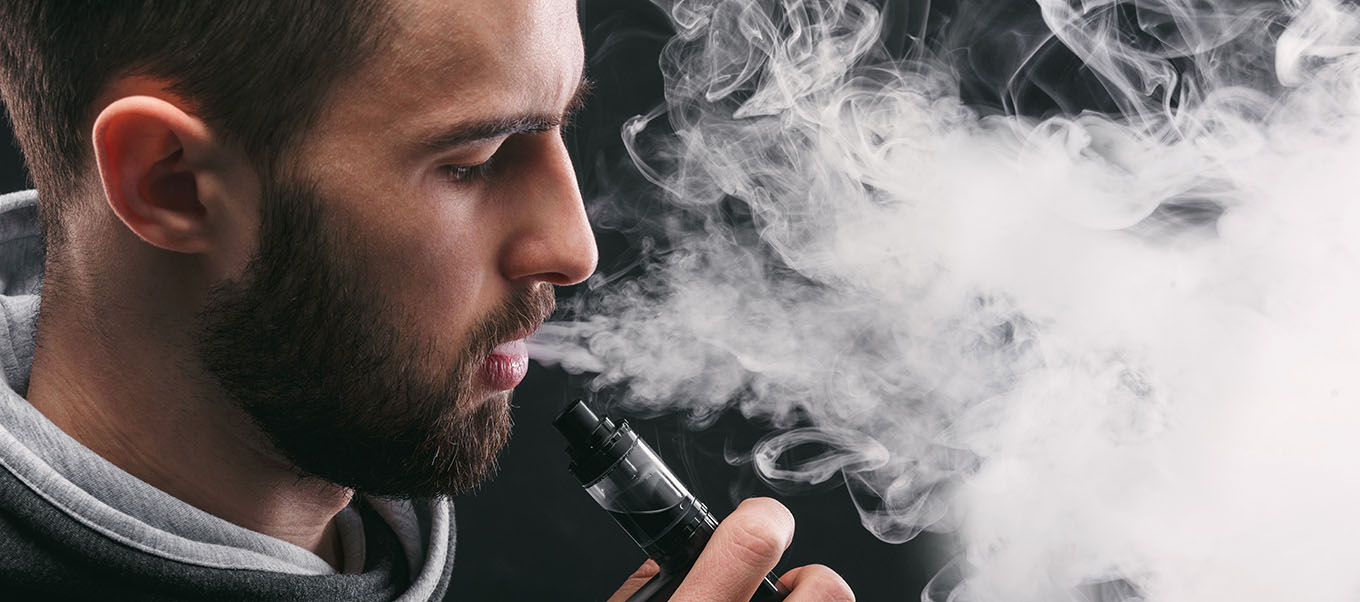WARNING: This product contains nicotine. Nicotine is an addictive chemical.
For newcomers and even some seasoned enthusiasts, the line between vape and steam can be a bit blurry. Both create clouds, but understanding the differences between them is crucial for fully appreciating the vaping experience. This guide explores the distinct processes and effects of vaping versus steaming, breaking down why vaping has developed into a unique culture while steam remains a simple byproduct of boiling water. Whether you’re a vaping enthusiast or simply curious about the culture, this guide will help you understand why vaping is more than just creating clouds.
When discussing vaping, people often confuse it with steam. After all, both seem to create clouds, but for the vaping community, it’s crucial to clarify these differences. Vaping produces aerosol, not steam. The vaping process involves heating vape juice with a coil to create vapor, distinct from the steam created by boiling water. This difference impacts not only the experience but also the way these clouds behave in the air and interact with the environment.
From a vape enthusiast’s view, this distinction is more than technical—it’s essential for fully appreciating the vaping experience. While steam is short-lived and generally feels warm, vapor is crafted to produce thicker, cooler clouds, each flavored for a distinct experience. Vape enthusiasts know that the precision in creating flavors and clouds adds layers to their experience, unlike the simplicity of steam.

One key difference between vape and steam lies in the materials that produce each. Vapor results from e-liquids made of propylene glycol (PG) and vegetable glycerin (VG), often combined with flavors and nicotine. These ingredients are safe to inhale, and enthusiasts appreciate that each compound plays a role—VG for thicker clouds and PG for a stronger flavor hit.
In contrast, steam is purely water-based. Created by heating water past its boiling point, steam is essentially odorless and lacks the complexity of vapor. For vape enthusiasts, the complexity of e-liquid ingredients is what makes vaping a personalized experience, where enthusiasts can select from various PG/VG ratios and flavors to suit their preferences.
Temperature plays a significant role in distinguishing vape clouds from steam. Vaping devices use heating coils to warm the e-liquid to a specific temperature (generally between 200-400°F), releasing it as a dense, flavorful aerosol. These temperatures are far lower than those required to create steam, resulting in a cooler, more comfortable inhale that vape fans appreciate for its smoothness.
Steam, on the other hand, emerges at 212°F or higher due to water’s boiling point. Such high temperatures make steam feel hotter and more fleeting. Vape enthusiasts find that this controlled heating in vaping devices is integral to enhancing the e-liquid flavors and creating a lasting cloud, whereas steam quickly dissipates without any notable aroma or flavor.

Vapor wins in the flavor and aroma department. Vaping allows enthusiasts to taste and smell flavors from exotic fruits to complex dessert mixes, unlike steam, which has no flavor or scent. The variety and richness of vape flavors contribute significantly to the vaping experience, allowing users to experiment and find their ideal taste profile.
The flavor in vaping is much more than a scent; it’s an experience that transforms each session. Vape enthusiasts find joy in discovering new flavors and adjusting the power and airflow of their devices to enhance the taste further. In comparison, steam provides no such customization—its flavorless profile is functional rather than indulgent.
For vape enthusiasts, the aesthetic element of vaping—visible clouds—is crucial. Vapor, especially with a high VG ratio, produces dense, lingering clouds that make each inhale and exhale a part of the experience. Enthusiasts value the control they have over their clouds, customizing airflow and power to create perfect visuals. This isn’t possible with steam, which quickly disappears and lacks the density for visual enjoyment.
The vapor’s ability to hang in the air creates an environment of relaxation and creativity. Enthusiasts use tricks like O-rings and other cloud formations to engage with their clouds. In contrast, steam is purely functional, quickly cooling and dissipating. Vapor brings a visible, tactile quality to vaping that makes it appealing to a broader community.
Vaping and steam may look similar at first glance, but they differ significantly in their production, composition, and experience. While steam is produced by heating water past its boiling point, vapor in vaping results from heating e-liquids made from propylene glycol, vegetable glycerin, flavors, and sometimes nicotine. Vaping also involves controlled temperatures, which create cooler, denser clouds, compared to steam’s hot, fleeting vapor. This difference extends to taste and aroma; vaping offers a broad range of flavors that enthusiasts can customize to suit their preferences, adding a personal touch to each session. The rich, thick clouds produced by vaping create a visually engaging experience, something steam cannot match. For vaping enthusiasts, this distinction is essential—vaping is more than just inhaling a cloud; it’s a sensory experience that combines flavor, customization, and aesthetics, making it a unique and personal activity.
